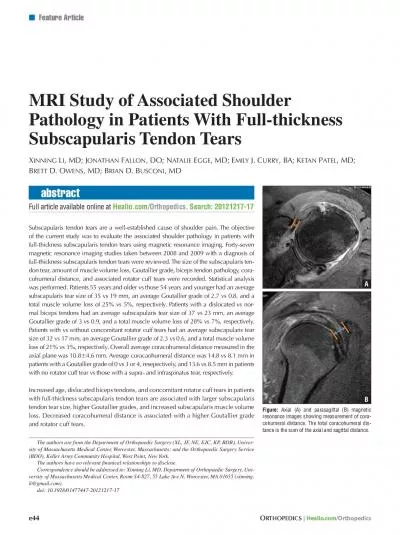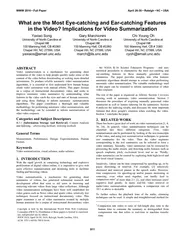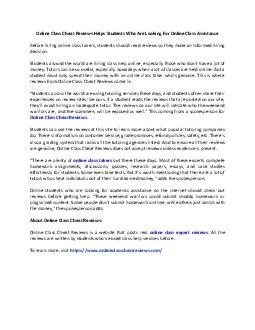PDF-Full article available online at
Author : layla | Published Date : 2022-09-02
abstract Healiocom Orthopedics Search 2012121717 MRI Study of Associated Shoulder Pathology in Patients With Fullthickness Subscapularis Tendon Tears XINNING LI
Presentation Embed Code
Download Presentation
Download Presentation The PPT/PDF document "Full article available online at" is the property of its rightful owner. Permission is granted to download and print the materials on this website for personal, non-commercial use only, and to display it on your personal computer provided you do not modify the materials and that you retain all copyright notices contained in the materials. By downloading content from our website, you accept the terms of this agreement.
Full article available online at: Transcript
Download Rules Of Document
"Full article available online at"The content belongs to its owner. You may download and print it for personal use, without modification, and keep all copyright notices. By downloading, you agree to these terms.
Related Documents














